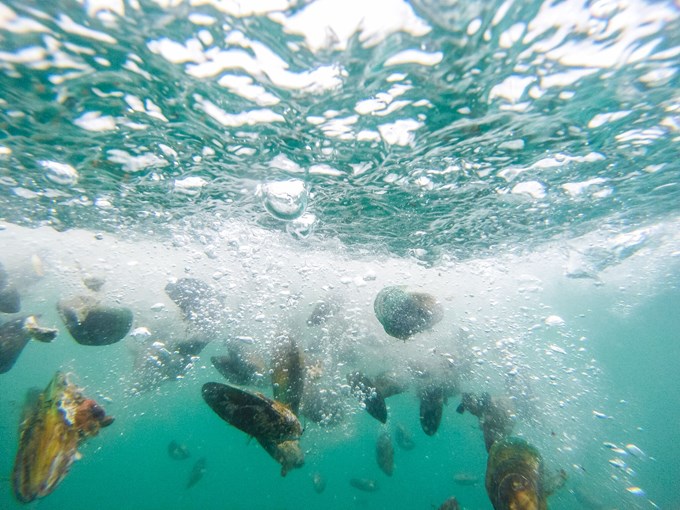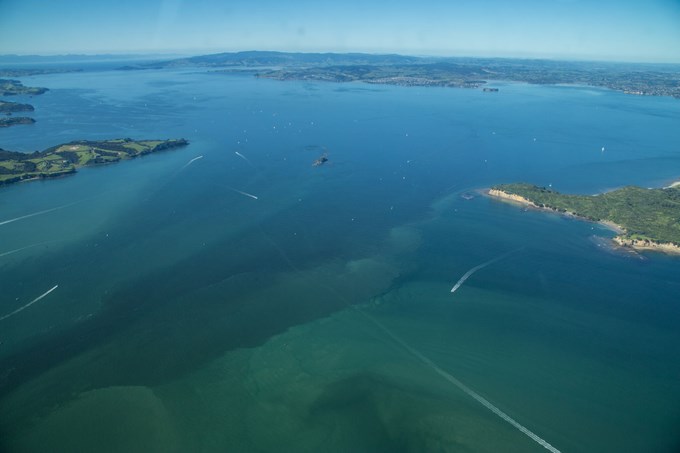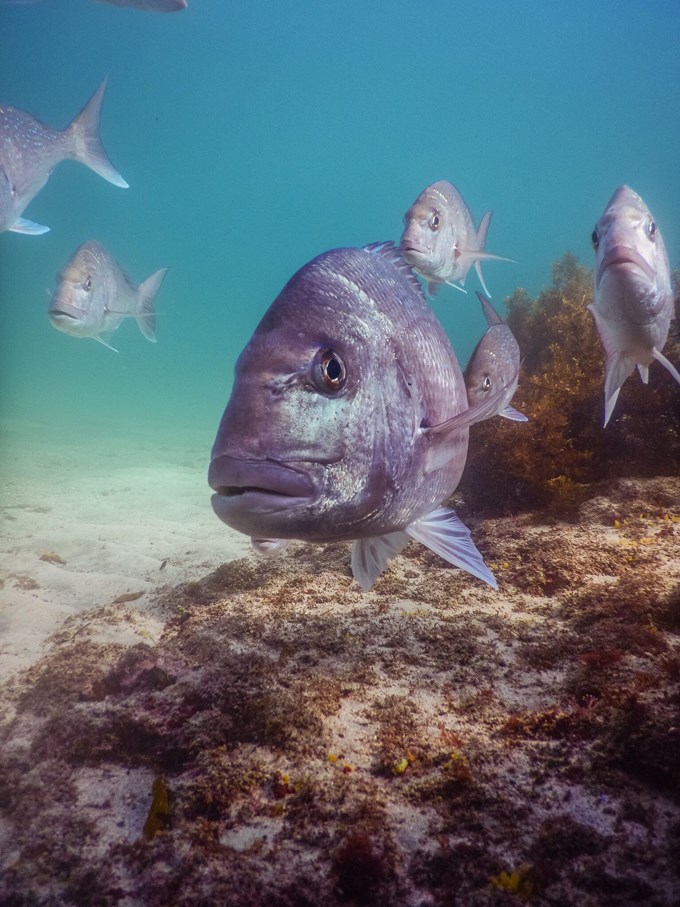The State of our Gulf report released by the Hauraki Gulf Forum highlights ongoing degradation in the Hauraki Gulf / Tīkapa Moana and states that the most profound recent change to pressures facing the Hauraki Gulf is a surge in population.
The Hauraki Gulf Forum is a statutory body charged with the promotion and facilitation of integrated management and the protection and enhancement of the Hauraki Gulf. Auckland Council is represented on the Forum by five councillors and elected members of the Great Barrier Island and Waiheke Island Local Boards.
The Waikato Regional Council, the Waikato, Hauraki Thames-Coromandel and Matamata-Piako District Councils, and representatives of the tāngata whenua of the Hauraki Gulf and its islands are also members of the Forum.
Improvements in the Gulf
Some issues previously identified by the Forum have shown some progress. However, these small gains could easily be undone by new activities, or by the emerging effects of climate change.
- Nutrient loads from the Hauraki Plains and heavy metal concentrations in Auckland’s urban estuaries remain elevated but show signs of improvement.
- The implementation of a voluntary transit protocol to reduce speed restrictions and encourage safe passage through the Gulf has brightened the outlook for Bryde’s whales (the Gulf contains one of the few known resident populations in the world).
- Biodiversity gains are being made on the islands of the Gulf with Ahuahu / Great Mercury island becoming the 47th island in the Gulf to be mammalian pest free.
The declining state of the Gulf
The report outlines significant key issues affecting the Hauraki Gulf including:
- Water quality degradation and ecosystem decline as a consequence of development in Gulf catchments.
- The poor state of some fish stocks particularly tāmure (snapper) and rock lobster populations.
- Strong public support for more protected marine areas requires corresponding stronger political priority to progress and implement new legislation.
- ‘Ocean sprawl’ illustrated by 3,290 ha of marine space zoned or consented for mussel, oyster and fish farms by 2014 and an additional 505ha consented or applied for since.
- The New Zealand fairy tern, New Zealand storm petrel, black petrel and flesh-footed shearwater under threat, the last two mainly because of bycatch from snapper longline fishery.
The key issue for the Gulf is that pace of change outstrips the ability of current management frameworks to respond effectively. An ongoing constraint is the lack of an accepted, holistic and integrated plan across agencies, mana whenua and users.
In addition, the report describes constraints like technical complexity, legislative change and lack of funding as significant barriers to improving agency responses.
The report recognises mana whenua as a Treaty partner, kaitiaki and leaders in the integrated management of Tīkapa Moana / Te Moananui a Toi. It highlights the step change that has occurred because of Treaty settlements within its catchment; the new instruments emerging or available as a result, such as co-governance; and the tensions and barriers that need to be considered in any movement forward.
Required Action
Legislative conflicts between the Fisheries Act and Resource Management Act make decision-making challenging.
The Chairperson of the Hauraki Gulf Forum, Mayor John Tregidga, calls for “urgent attention by the Minister of Conservation to support and act upon a renewed, integrated programme of action across government agencies and partners.”
The State of our Gulf 2017 report is available at haurakigulfforum.org.nz




